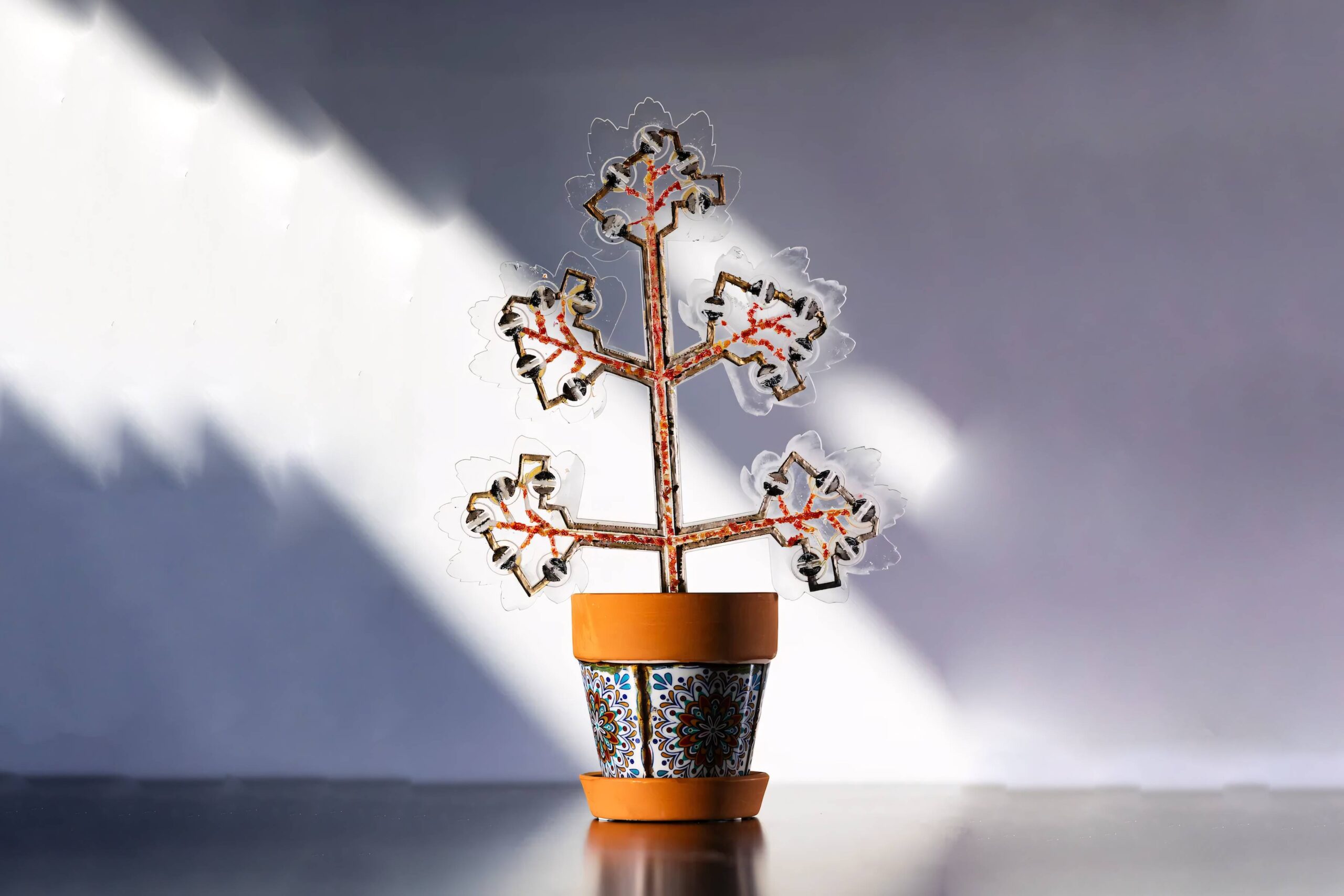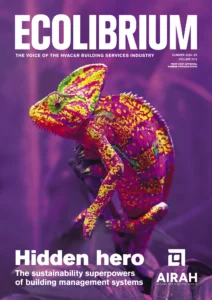Artificial plants to capture CO2

Researchers at Binghamton University are developing bacteria-powered biobatteries into artificial indoor plants that can produce oxygen and generate power.
Professor Seokheun Choi and PhD student Maryam Rezaie first developed an artificial leaf, then went on to build a plant with five leaves once they realised the leaf was able to capture carbon dioxide and generate oxygen.
Choi says building materials and carpets can contain or generate toxic materials, along with everyday activities like cooking. The researchers’ artificial plants can “harnesses cyanobacterial CO2 fixation to generate oxygen and bioelectricity during their photosynthesis, acting as a miniaturised version of carbon capture and utilisation technology tailored for indoor environments”.
Choi says power generation is a secondary benefit of the plants, but hopes to improve the technology to achieve a minimum output of more than 1 milliwatt. He believes it can offer practical uses like charging a mobile phone.
The researchers are also considering other upgrades such as using multiple bacteria species to ensure long-term viability, and developing ways to minimise maintenance.
“With some fine-tuning, these artificial plants could be a part of every household,” says Choi. “The benefits of this idea are easy to see.”

This article appears in Ecolibrium’s Summer 2024-25 edition
View the archive of previous editions
Latest edition
See everything from the latest edition of Ecolibrium, AIRAH’s official journal.




